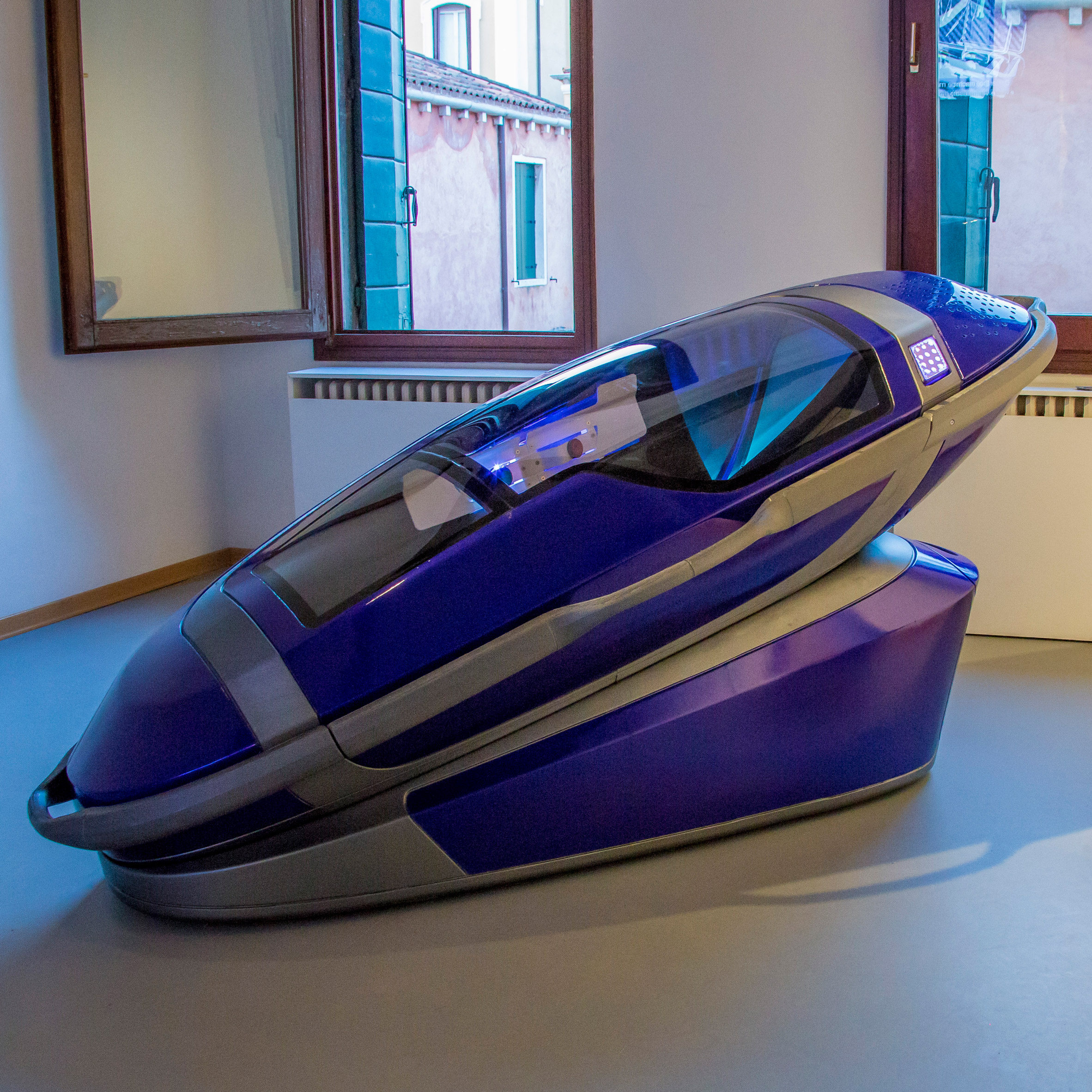Hanging Pod, a term encompassing diverse interpretations from architectural marvels to futuristic transportation, is poised to revolutionize various sectors. From suspended urban transit systems to innovative personal relaxation spaces, the concept sparks imagination and challenges conventional design. This exploration delves into the engineering challenges, diverse applications, and safety considerations surrounding this emerging technology.
This report examines the design and engineering complexities involved in creating stable and safe hanging pods, considering factors such as weight distribution, suspension mechanisms, and wind resistance. We will explore potential applications across residential, commercial, and public spaces, analyzing the benefits and drawbacks of each implementation. Furthermore, the report addresses crucial safety regulations and legal frameworks that must be considered for responsible deployment.
Hanging Pods: A Multifaceted Exploration
The term “hanging pod” evokes a range of images, from futuristic urban transport to tranquil private retreats. This exploration delves into the diverse interpretations, design considerations, applications, safety aspects, and visual representations of this intriguing concept.
Defining “Hanging Pod”
The phrase “hanging pod” lacks a universally accepted definition, its meaning shifting depending on the context. In architecture, it might refer to a suspended structure offering a unique living or working space. In transportation, it could represent a self-contained passenger module within a larger system. Entertainment contexts might envision hanging pods as thrilling rides or immersive sensory experiences.
Examples include the hanging basket chairs common in gardens, the suspended cabins of some cable cars, and the conceptual designs for airborne personal transport pods.
Potential functionalities are vast. Hanging pods could serve as private offices, relaxation spaces, observation points, or even temporary accommodation units. Their modular nature allows for customization and adaptation to diverse needs.
Design and Engineering Aspects
Consider a hanging pod system designed for urban transportation. Each pod, weighing approximately 500 kg, would be constructed from lightweight yet strong carbon fiber reinforced polymer (CFRP) for optimal weight distribution. Suspension would utilize a combination of high-strength steel cables and a counterweight system to ensure stability and minimize sway, even in windy conditions. The system would incorporate redundant safety mechanisms, including emergency braking and backup power sources.
Engineering challenges include minimizing wind resistance through aerodynamic design, ensuring sufficient load-bearing capacity for passengers and cargo, and developing robust safety protocols to prevent accidents. Different suspension systems, such as cable-based, magnetic levitation, or pneumatic systems, offer trade-offs between cost, durability, and aesthetic appeal. Cable-based systems are generally more cost-effective but might be susceptible to cable wear and tear.
Magnetic levitation offers smoother operation but is significantly more expensive.
Applications and Uses
Hanging pods find applications across various settings. Their versatility allows for creative implementations that enhance functionality and aesthetics.
| Setting | Pod Design | Advantages |
|---|---|---|
| Residential Building | Glass-enclosed pod with panoramic views, integrated climate control | Increased living space, unique architectural feature, stunning views |
| Public Space | Weather-resistant pod with seating, providing shade or shelter | Enhanced public amenities, flexible use, aesthetically pleasing |
| Commercial Environment | Modular pods for private meetings or relaxation areas in offices | Improved employee productivity, enhanced workspace flexibility, unique branding opportunity |
Potential benefits include increased space utilization, improved accessibility, and unique architectural features. However, drawbacks could include high initial costs, potential safety concerns, and the need for specialized infrastructure.
Safety and Regulatory Considerations

Source: dezeen.com
The innovative Hanging Pod, offering a unique living experience, is gaining popularity. For those seeking more conventional housing options, however, checking resources like rooms for rent long beach craigslist might be a better starting point. Ultimately, the choice between a Hanging Pod and a traditional rental depends on individual preferences and needs.
Potential safety hazards include cable failure, collisions, and malfunctioning suspension systems. Mitigation strategies include redundant safety systems, regular inspections, and robust emergency protocols. Safety regulations would likely encompass building codes, accessibility standards, and specific guidelines for suspended structures. Legal frameworks would need to address liability, insurance, and operational permits.
- Compliance with relevant building codes (e.g., structural integrity, fire safety).
- Adherence to accessibility standards (e.g., ease of access for people with disabilities).
- Implementation of rigorous safety testing and certification procedures.
- Establishment of clear operational guidelines and emergency protocols.
Visual Representation and Descriptions
- Children’s Play Area Pod: A brightly colored, spherical pod made of soft, impact-absorbing materials like padded fabric and foam. Multiple entry points and internal climbing features, with a net-like exterior for added safety.
- Luxury Hotel Suite Pod: A sleek, glass-enclosed pod offering panoramic views, featuring plush seating, climate control, and integrated entertainment systems. Materials include high-quality glass, polished wood, and luxurious fabrics.
- Urban Transportation Pod: Sleek, aerodynamic pods with transparent sides for passenger visibility, integrated into a network of elevated tracks. The pods would feature a minimalist design, integrating seamlessly with the city’s architecture.
Conclusive Thoughts

Source: co.id
The Hanging Pod concept, while still nascent, presents exciting possibilities across numerous sectors. From enhancing urban mobility to creating unique architectural features and innovative recreational spaces, its potential is vast. However, careful consideration of engineering challenges, safety protocols, and regulatory frameworks is crucial for its successful and responsible implementation. Further research and development will be key to unlocking the full potential of this innovative technology.
